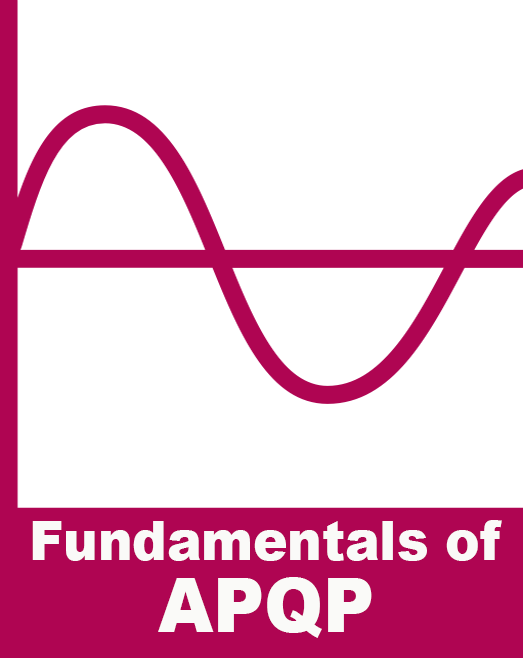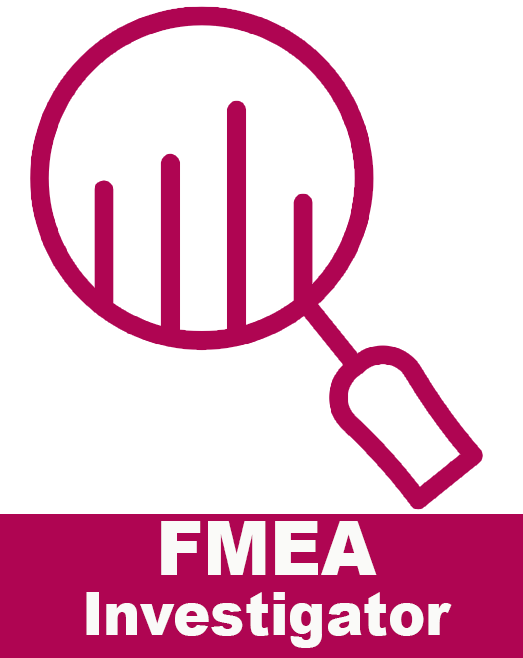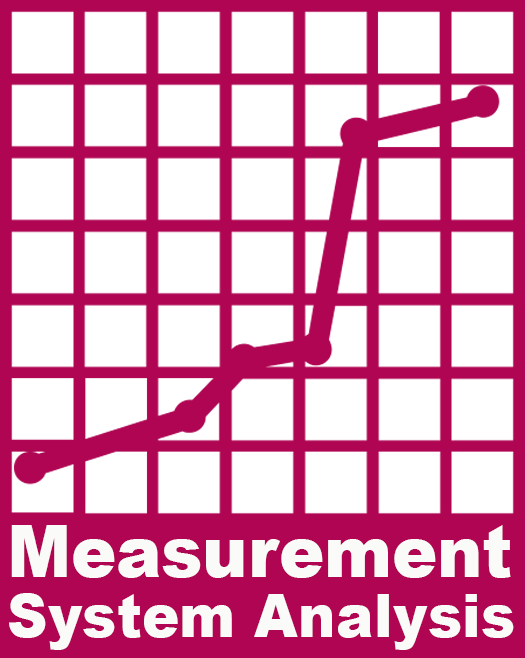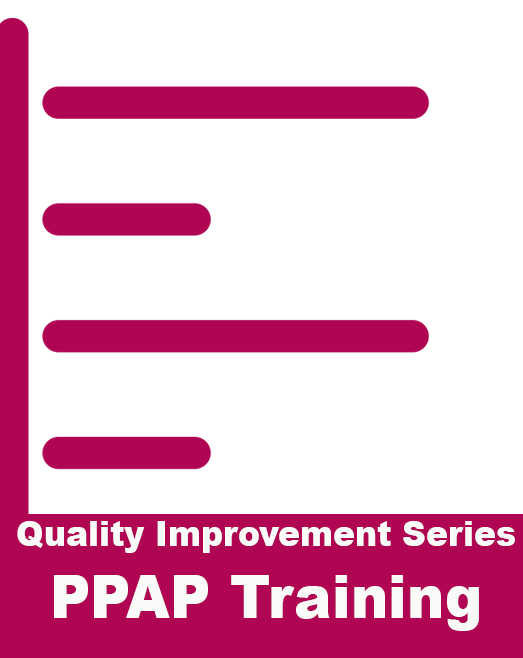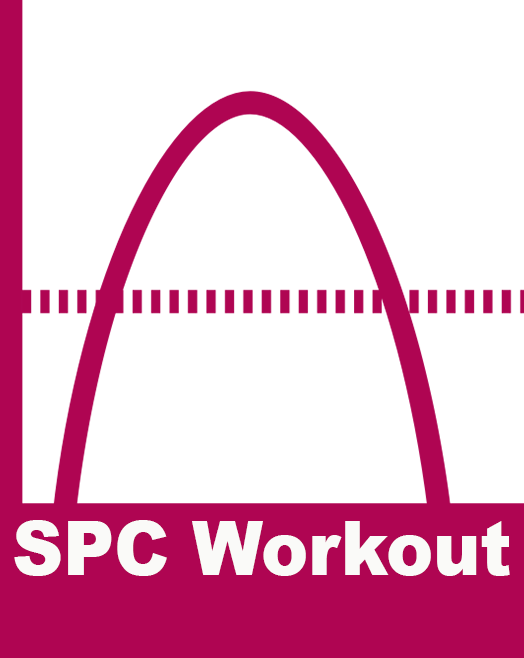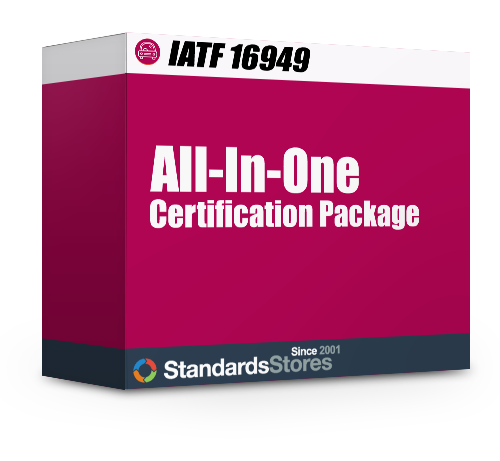IATF 16949 Core Tools Explained
What are Core Tools?
Quality Core Tools are a group of problem solving skills the AIAG requires to evaluate and improve your Quality Management System (QMS). There are many statistical tools used to solve problems, but the AIAG has determined that the five tools below are a core requirement for evaluating your QMS. If your company is seeking certification to IATF 16949, your Internal Auditors will need to be competent (and prove it) in these core tools in order to meet the requirements.
If you are carpenter, you need to have a few basic (core) tools in your toolbox like a hammer, nails, tape measure, etc. And, you need to know how to use them. Quality Core Tools are the five basic statistical tools you need to have in your toolbox, and once you learn how to use them, you will be well on your way to IATF 16949 Certification.
Click on each of the Core Tools below to learn more, view a free tutorial, purchase training, and purchase AIAG documents.
APQP - Advanced Product Quality Training
APQP outlines a process for introduction of a new product while minimizing risk. It is a disciplined process for suppliers to ensure they are capable of designing product and/or manufacturing systems that will meet their automotive customers’ requirements.
FMEA - Failure Mode and Effects Analysis
FMEA is a type of risk assessment that uses a step-by-step approach to identify potential failures in a design, process, product or service, which allows for analysis to prevent or reduce future failures.
MSA - Measurement System Analysis
MSA is the application of ensuring that your organization’s inspection, measuring and test equipment provides reliable and relevant measurement data.
PPAP - Production Part Approval Process
PPAP is a standardized approval method automotive OEM’s require of their suppliers. It is a process to show your customer that you can make their parts on an ongoing basis.
SPC - Statistical Process Control
SPC includes a series of tools to methodically monitor and control manufacturing processes and also may be applied throughout many other processes in an organization.


